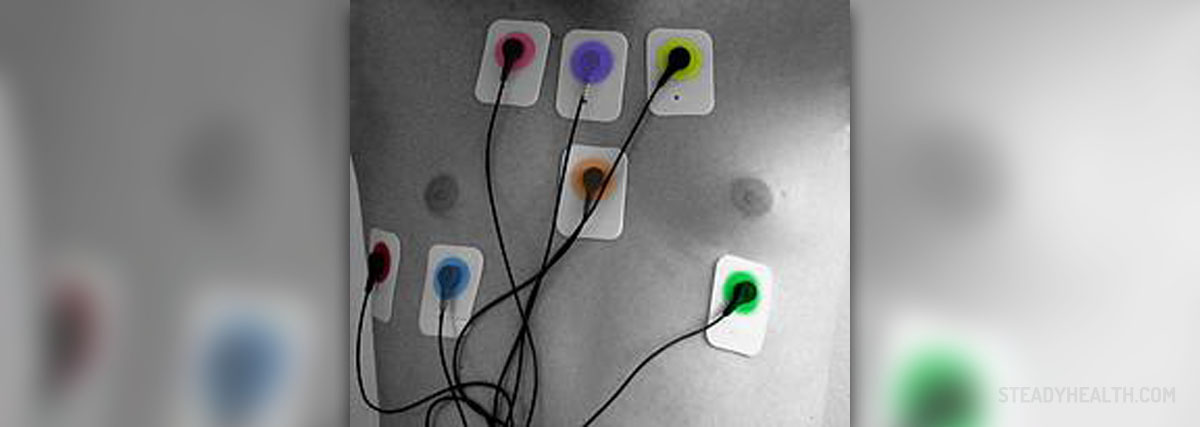
Electrocardiogram, also known as ECG or ECG, is diagnostic tool used to measure and record electrical activity of the heart. The word is derived from Greek cardio, for heart, and graph, meaning “to write.” This tool detects even the slightest changes in heart activity, and records it using a device placed in the diagnostic room. The device is attached to small electrodes, placed on the surface of the skin. These electrodes detect and amplify even the smallest electrical changes on the skin. These changes occur anytime the heart beats, since each cell in the heart muscle has a charge across the outer wall. During each heartbeat, the voltage between two electrodes placed either side of the heart rises and falls, and these changes are recorded on a screen or paper, in a form of characteristic wavy line.
Why is ECG Performed
In most cases, doctors will use ECG (EKG) to diagnose specific health problems. Problems with heart may manifest in many different ways. Sometimes, these symptoms are similar to symptoms of some other disease. Doctors will opt for ECG whenever they want to be sure it is a heart problem that causes particular symptoms. In other words, doctors will use ECG whenever the symptoms cannot be explained by some other illness, injury or known condition.
Most commonly, ECG is used when patients complain about chest pain and discomfort, general weakness, problems with breathing (especially shortness of breath), nausea, weakness, and changes in normal heart rhythm, anxiety and fainting.
Moreover, ECG is used to determine if a patient is eligible for surgery with general anesthesia. People with latent heart conditions may not have any obvious symptoms of not using anesthesia, but general anesthesia shouldn’t be used for them.
This diagnostic tool is recommended for people over 40 years of age, to detect any cardiac problems they may have.
An ECG Test
During this procedure a patient will lie down on a bed. A technician or nurse places 6 small adhesive electrode pads across the patient’s chest. These electrodes are placed from lower breast bone all the way up to the left armpit. Additional 4 pads are placed on each arms and legs. The pads are connected with ECG machine, which measures the heart’s electrical activity. When everything is set the ECG starts to record heartbeats on a sheet of paper or on computer. Interesting thing is that ECG can also be performed on animals, but it is done usually for scientific research.


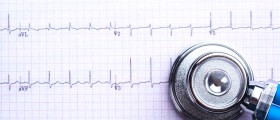

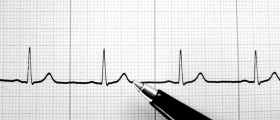
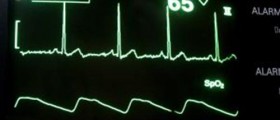
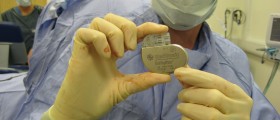


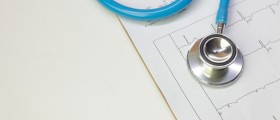

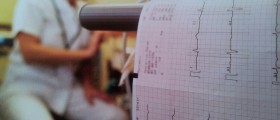
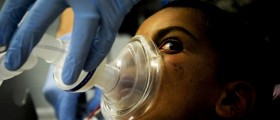


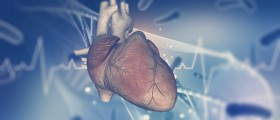
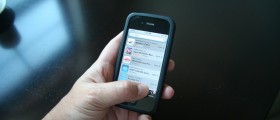
Your thoughts on this
Loading...